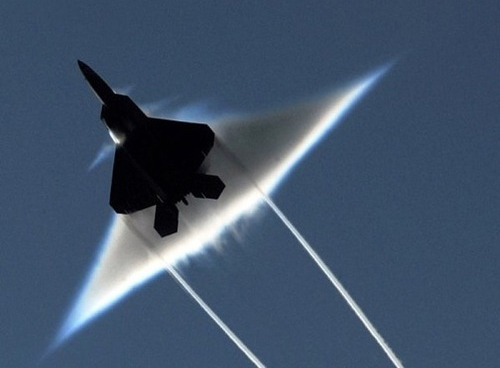If you study the history of aviation, breaking the sound barrier was a big deal and a major challenge from an engineering standpoint, because the control surfaces of the aircraft behaved differently than in subsonic flight, and stability became a serious issue.
Bullets are spinning thousands of RPM, but stability becomes an issue as well for some reason. One theory is that the Mach wave of pressure built up on the face of the projectile or airfoil changes shape, and can even exhibit resonant disturbances that create strange buffeting patterns that wreak havoc on airfoils, whereas bullets begin to wobble out of their optimum stability spin behavior.

In long-range shooting, we can clearly see the effects of it when an accurate load at 1000yds opens up all over the place at 1400-1600yds. I think there is merit to spinning the bullet faster so that once it begins passage of the transonic barrier, it is more stable than it would be from a looser twist, and Todd Hodnett's work with shorter barrels and tighter twists seems to confirm this hypothesis.
Bullets are spinning thousands of RPM, but stability becomes an issue as well for some reason. One theory is that the Mach wave of pressure built up on the face of the projectile or airfoil changes shape, and can even exhibit resonant disturbances that create strange buffeting patterns that wreak havoc on airfoils, whereas bullets begin to wobble out of their optimum stability spin behavior.

In long-range shooting, we can clearly see the effects of it when an accurate load at 1000yds opens up all over the place at 1400-1600yds. I think there is merit to spinning the bullet faster so that once it begins passage of the transonic barrier, it is more stable than it would be from a looser twist, and Todd Hodnett's work with shorter barrels and tighter twists seems to confirm this hypothesis.


Comment